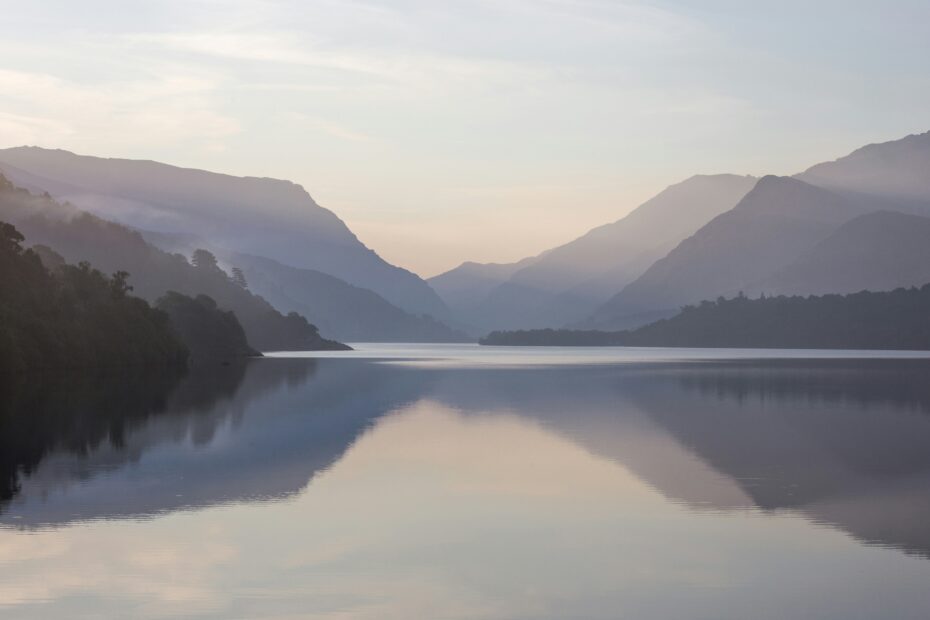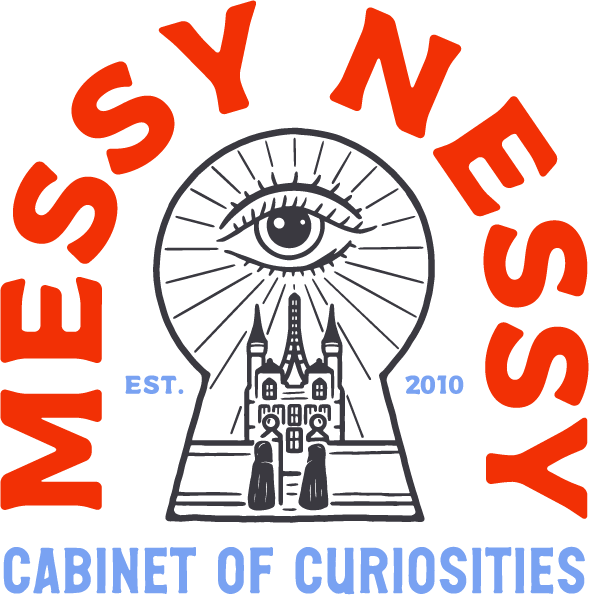
North Wales/ Snowdonia
Where to stay:
- The Royal Victoria Hotel is such good value for money, a historic hotel at the foot of Snowdon next to Llanberis, surrounded by 30 acres of private garden and woods
- Craig-y-Dderwyn Riverside Hotel has a charming setting on the river
- Somewhere to splurge in Snowdonia.
- Olif is a 5 star boutique bed and breakfast in Betws Y Coed (there are lots of doable trails in the Betws-y-Coed area)
- Pechnachno Hall is a cozy Victorian country house
Seeing and Doing:
This link should be pretty useful– you can filter walks according to ability. As well as this link which offers the best hikes without a car.
The Snowdon Sherpa bus travels around the foot of Snowdon, creating a link between the beginning of the various routes to the summit, villages and car parks. The S2 links up with the train station in Betws y Coed for the main rail network; the S97 with Porthmadog’s train station, and the S4 with the steam train services between Caernarfon & Beddgelert. These buses also connect to buses for onward travel in Llanberis & Caernarfon, and to the park and ride services for Pen y Pass.
Hikes with easy access without a car:
- If you’re near Barmouth try the Mawddach trail (9 miles). It’s about 8 miles of former railway converted to walk/cycleway and it’s beautiful. Very peaceful but offers some outstanding views and connects Barmouth to Dolgellau, alongside the Afon Mawddach.
- The Lôn Gwyrfai (4 miles) is accessible by a beautiful heritage railway ride.
- Fisherman’s path starting at Beddgelert and goes through Aberglaslyn gorge – super quiet route. Or if you do it the other way round, Bedgellert has some lovely post hike cafes, pubs and ice cream!
- The Cwm Penamnen, Dolwyddelan (6 miles)
Other points of interest:
Take a journey through Snowdonia National Park on the Ffestiniog Railway, clambering into beautifully-restored carriages at Porthmadog harbour for a steam-spewing rumble through mountain tunnels towards Tan y Bwlch station. Opened in 1836, it’s the world’s oldest narrow gauge railway; get lucky and you’ll ride in the carriage used by David Lloyd George, who worked in Blaenau Ffestiniog.
There are more surprises at the nearby Sygun Copper Mine, where a maze of tight tunnels lead you along the copper seam twisting through the mine, which was abandoned in 1903. In the small museum, chunks of neon-green malachite hacked from nearby hillsides sit alongside a 71 million-year-old dinosaur egg found in China.
Caernarfon, is not just a town to drive through. Pull into Castle Square, dominated by a 700-year-old fortress. Huge sections of ancient town walls scatter its centre, towering over crooked lanes lined with gabled houses. Northgate Street, formerly known as Stryd Pedwar a Chwech was once the heart of Caernarfon’s red light district, its Welsh name translates as Four and Six – the number of shillings sailors would need for a package which included a room, a bottle of gin and a prostitute.
Llanberis has the famous railway but there’s also Llanberis’s often overlooked Padarn Country Park, at the base of Elidir Fawr mountain, one side of which became Dinorwic slate quarry – the second largest in the world, until it closed in 1969. Today, visitors can ride restored steam trains along the route taken by slate wagons. In the National Slate Museum. There are original forges and foundries to explore.
At the Quarry Hospital Museum, where gruesome injuries were tended to and where Wales’ first X-ray was taken, in 1898, there are wheeled stretchers designed to slot into the mine’s railway tracks, and surgical implements resembling medieval torture devices. The presence of a post-mortem table (made of slate) suggests the prognosis wasn’t always good.
Portmeirion is a beautiful, Italianate-style holiday village designed by Welsh architect Clough Williams-Ellis in 1925. It’s a trippy tribute to Williams-Ellis’s beloved Portofino, albeit on Gwynedd’s rugged coastline. There are pastel-hued villas, trees shipped from the Himalayas and a statue depicting a lion chomping on a naked man’s arm.
Looking North? The North Wales coast with its estuary paths and Victorian resorts is a gentle warm-up for the wilds of Anglesey, where you’ll spot seals, dolphins and porpoises offshore. Llyn Peninsula basks in its Snowdonia backdrop and boasts Caernarfon Castle, a staggering UNESCO World Heritage Site, and remote Ty Coch Inn (tycoch.co.uk) on the water at tiny Porthdinllaen village.
Some of the best walking bases also include Llanberis (for Snowdonia;llanberis.com) or Aberystwyth on the west coast in the centre (for southern Snowdonia and the Cambrians; visitwales.com).
Other trails of note:
- There are lots of doable trails in the Betws-y-Coed area
- The Moel Siabod Loop is lovely (about 6 miles)
South Wales
South Wales – it’s magical & awash with legend where you cantraverse cliffs and caves, golden beaches, knife-edge escarpments and bucolic valleys, on routes along which you might spy dolphins, otters and birds of prey. Offa’s Dyke, Beacons Way, Pembrokeshire Coast Path, Heart of Wales line – these routes were made for walking, waymarked and well-appointed with welcoming accommodation and an increasingly impressive culinary scene.
Seeing and Doing:
Strumble Head (8 miles): Seabirds, seal haul-outs and the remains of an Iron Age hill fort on Garn Fawr’s gnarled tor punctuate this circuit of Pembrokeshire’s most rugged headland.
Route: From the car park overlooking Strumble Head lighthouse, trace the Pembrokeshire Coast Path (PCP) east above a succession of coves, echoing with the grunts of grey seals. From the obelisk at Carregwastad Point, veer southwest along footpaths and lanes to climb the knoll of Garn Fawr, descending to rejoin the PCP at Pwll Deri; turn right to return to the lighthouse.Carmarthen Fan (7.5 miles)
In red kite country, the sky near Llanddeusant feeding centre swarms with raptors. This ramble provides views of myth-soaked Llyn y Fan Fach from the Carmarthen Fan escarpment.
Route: From the car park on the track east of Llanddeusant, follow a faint path east-northeast alongside Sychnant stream to its terminus. Veer southeast to Fan Foel spur and the steep haul to join the Beacons Way west along the escarpment, peering down at the lake from which, legend says, a mystical healing woman emerged. Descend to the lake outflow and return north.
Waterfall Country (8 miles): Tributaries of the Afon Nedd (River Neath) snake south from Fforest Fawr’s sandstone peaks, etching gorges into the southern slopes of the Brecon Beacons. Combine trails linking the cascades of the Nedd Fechan, Mellte and Hepste rivers for an enchanting waterfall walk.
Route: From Pontneddfechan, follow the Elidir Trail to Sgwd Gwladus falls and along the Nedd Fechan to Pont Melin-fach. Cut east to Sgwd Clun-Gwyn, waterfall-hop south along the Mellte to its confluence with the Hepste, cross behind Sgwd yr Eira (“Falls of Snow”) and traverse a wild hillside to Craig y Ddinas and Pontneddfechan.
Beacons Horseshoe (7 miles): Ancient glaciers gouged a series of valleys and sheer escarpments here. The highest and best-known route is the horseshoe incorporating the 969ft Pen y Fan and Corn Du.
Route: From the car park three miles south of Brecon, climb south on to Cefn Cwm Llwch and up to Pen y Fan. Follow the escarpment to the right on to Corn Du, past the memorial to Tommy Jones, and descend to Llyn Cwm Llwch lake. Take the track north and the road east to return.
The Pembrokeshire Coast National Park website (pembrokeshirecoast.wales) also has plenty of short ‘there and back’ options.
Where to stay:
The cluster of cottages and converted farm buildings on the National Trust Stackpole Estate south of Pembroke offer direct access to the coast path (three nights from £239 for two; nationaltrust.org.uk/stackpole).
Gliffaes Country House Hotel is an Italianate Victorian fishing lodge well situated for walks in the eastern Brecon Beacons (doubles from £119 B&B)
A Georgian coaching house in Newport with a focus on food, Llys Meddyg is a fine base for the northern Pembrokeshire Coast Path (doubles from £120).
Ideal for exploring Carmarthenshire and the western Brecon Beacons, the self-catering apartments at Wright’s Food Emporium also guarantee gourmet picnic lunches (from £100; wrightsfood.co.uk/stay).

